Earth
ID: 11171
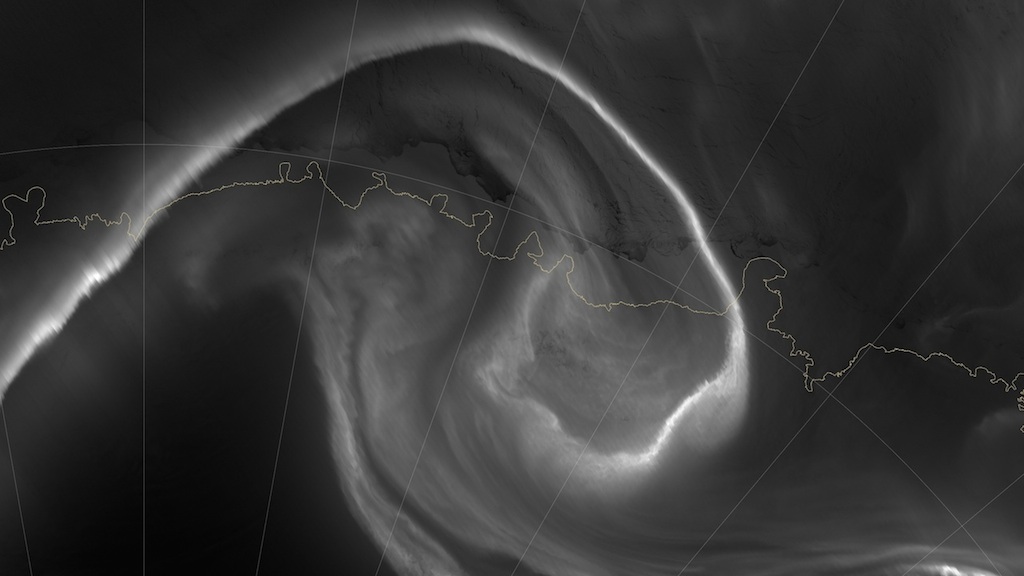
"The night is nowhere near as dark as most of us think. In fact, the Earth is never really dark," says scientist Steven Miller of Colorado State University. Auroras dance across the skies. Wildfires and volcanoes rage. Moonlight and starlight reflect off water, snow, clouds and deserts. The night-imaging capability of the NASA-NOAA Suomi National Polar-orbiting Partnership satellite is capturing all of this, giving scientists like Miller a new way to see storms and weather patterns, atmospheric waves and other dynamic events that don't stop at sundown. "For all the reasons that we need to see the Earth during the day, we also need to see the Earth at night," says Miller. "The Earth never sleeps; it's constantly moving, evolving, building up here and tearing down there." Watch the video to see different views of the Persian Gulf region in the changing light of the moon.
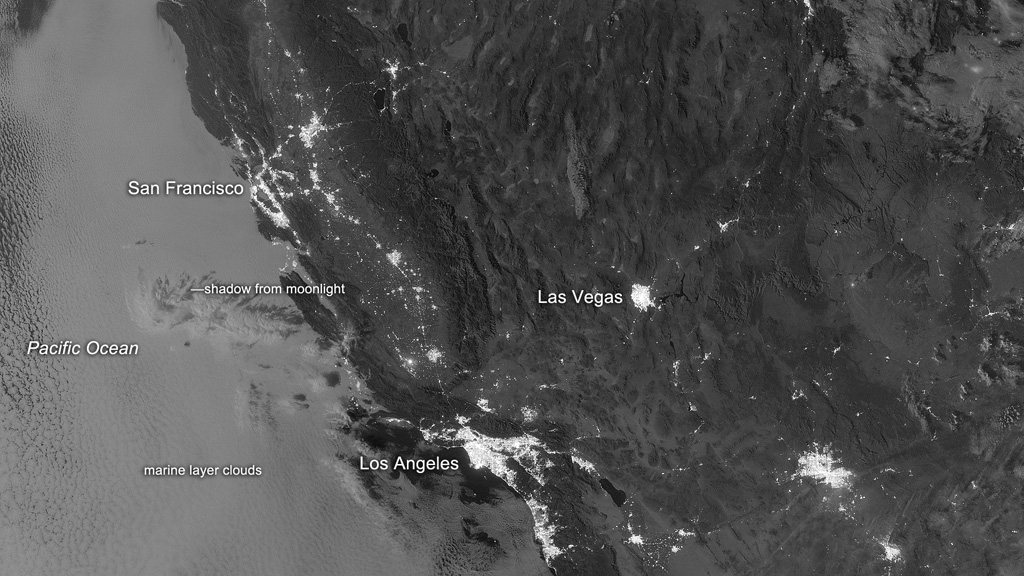
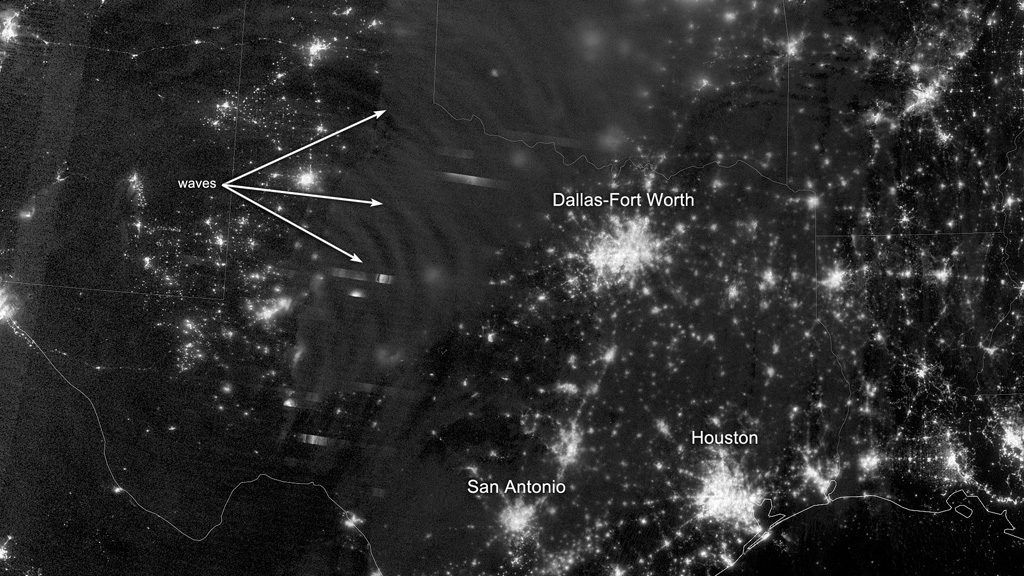
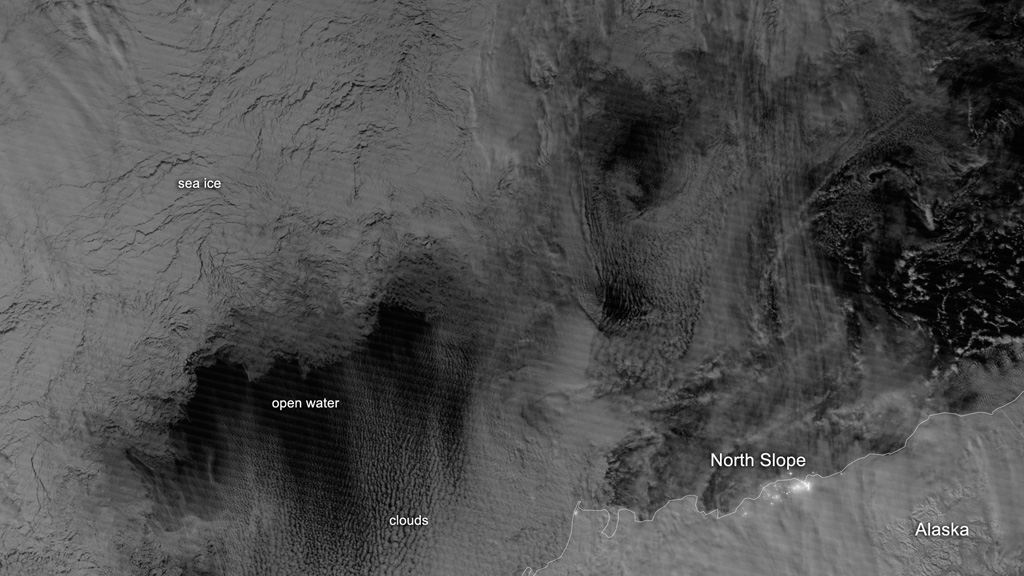
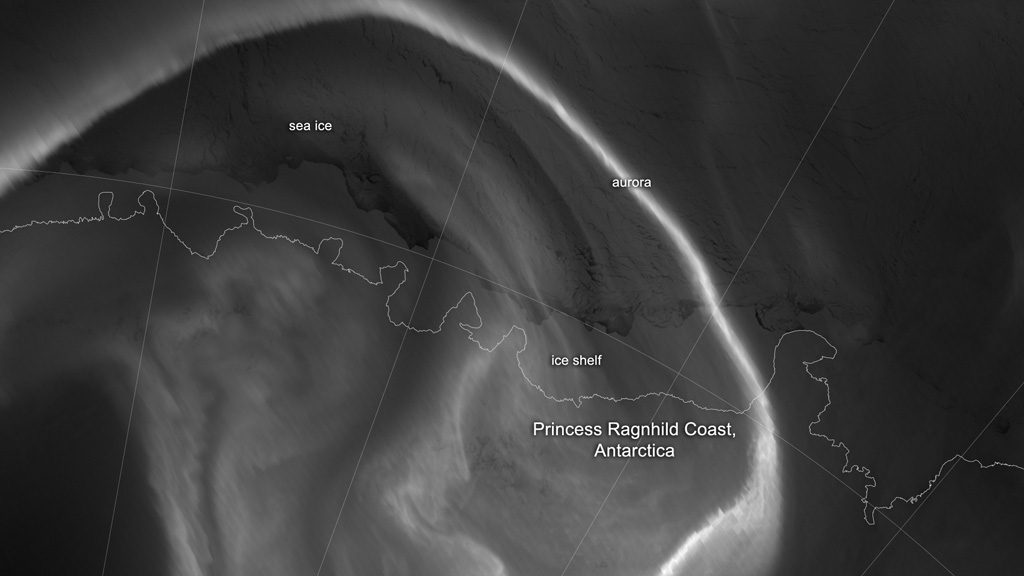
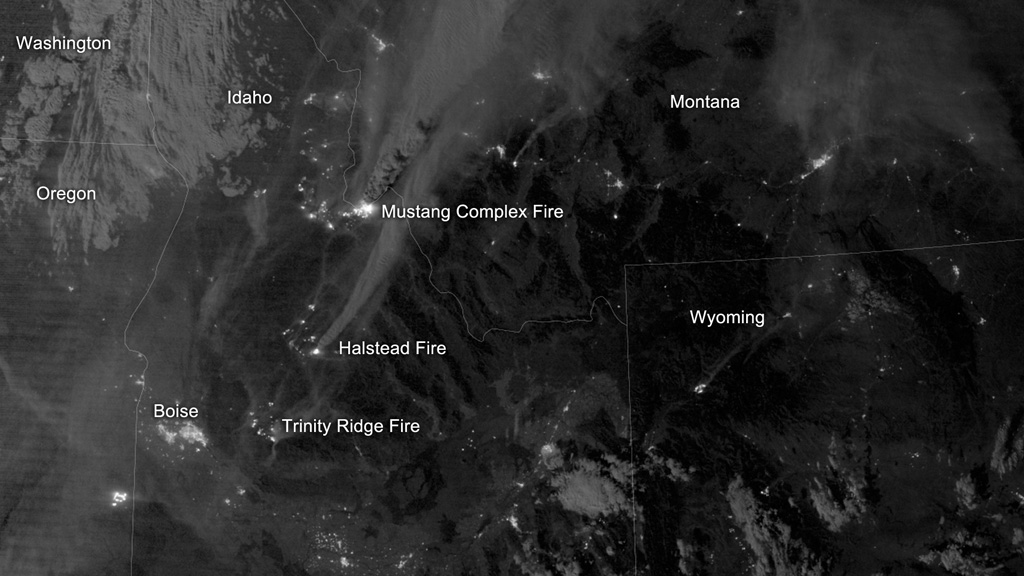
Nature's Night Lights






For More Information
Story Credits
Lead Visualizer/Animator:
Robert Simmon (Sigma Space Corporation)
Visualizer/Animator:
Jesse Allen (Sigma Space Corporation)
Lead Writer:
Mike Carlowicz (Sigma Space Corporation)
Robert Simmon (Sigma Space Corporation)
Visualizer/Animator:
Jesse Allen (Sigma Space Corporation)
Lead Writer:
Mike Carlowicz (Sigma Space Corporation)
Please give credit for this item to:
NASA Earth Observatory
NASA Earth Observatory
Short URL to share this page:
https://svs.gsfc.nasa.gov/11171
Keywords:
SVS >> App
NASA Science >> Earth
https://svs.gsfc.nasa.gov/11171
Keywords:
SVS >> App
NASA Science >> Earth







